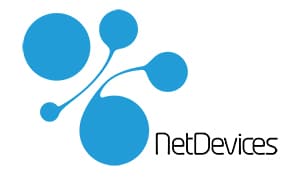A Data Lake is a crucial component in the success of data science and artificial intelligence (AI) projects. In this article, we explore the structuring of a Data Lake by integrating key technologies such as Apache KafkaMinIO, and SparkML. This approach will enable efficient data management, horizontal scaling, and optimal exploitation of AI models with SparkML.
1. Understanding Project Needs
Before you start installing the Data Lakeit is essential to define specific project objectives. What types of data will be stored? What analyses or AI models are planned? These answers will guide the design of the Data Lake.
2. Using Apache Kafka for Data Streaming
KafkaKafka, with its streaming architecture, is ideal for managing real-time data flows. Integrate Kafka to efficiently collect, process and route data to the Data Lake.
a. Storage with MinIO
MinIO, as object storage system offers a scalable solution for storing unstructured data. Then configure MinIO to serve as a robust, distributed storage backend.
b. SparkML integration
SparkML, a machine learning library for Apache Spark, enables the implementation and deployment of large-scale AI algorithms. Make sure your data lake can easily integrate SparkML for model training and deployment.
3. Practical implementation of Kafka
Install and configure a Kafka cluster for data flow management.
Define Kafka topics for each type of data to be ingested into the Data Lake.
a. MinIO installation and configuration
Install MinIO on distributed nodes to guarantee redundancy and availability.
Configure MinIO as a storage system for the Data Lake.
b. Integration with SparkML
Install Apache Spark and configure it to work with MinIO.
Use SparkML to develop and deploy AI models directly from the Data Lake.
4. Metadata management
a. Metadata management: Metadata tracking with Apache Hive
Join Apache Hive for metadata management, facilitating discovery and access to the data distributed in the Data Lake.
5. Security with Kerberos and HTTPS
Implement security in Kafka, MinIO, and SparkML using protocols such as Kerberos for authentication.
You can now activate HTTPS to secure communications.
a. Access and authentication controls
It is important to implement strict access control policies to ensure that only authorized users have access to sensitive data.
By structuring a custom Data Lake with technologies such as Kafka, MinIO, and SparkML, you create a robust infrastructure for managing, processing and analyzing the data required for your data science and AI projects. Make sure you adapt this structure to your project's specific needs, and keep abreast of technological developments in the field of data science and AI. Big Data and AI.
Experts NetDevices if you'd like to find out more.
See also..: Bubble.io agency / no-code agency / agency Node.js / agency react.js


